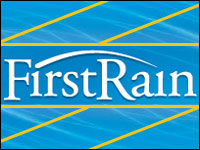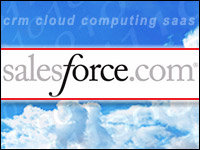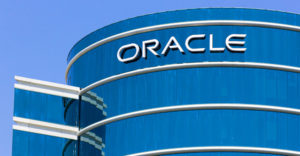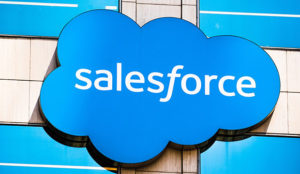
You can gauge the success and financial health of almost any company by looking at revenues. At least this is true in the short term. Since revenue is a lagging indicator — with the exception of monthly recurring revenue (MRR) that subscription companies measure — it only tells you where you’ve been, not where you are going.
We could very profitably spend our time discussing various other metrics that can also give us an incomplete picture of how well a company is doing. For example, increases in MRR: While tracking increases is valid, it is incomplete without churn and new bookings. Nonetheless, when I started, I was looking for something more macro, which is my tendency, and eventually it dawned on me that one of the better metrics of long-term viability and not simply revenue might be the size and growth characteristics of the partner community or ecosystem.
The ecosystem presents the possibility of multiplier effects that you see in the economy at large, unless you are a Neoclassicist. But generally, purchases drive other purchases in a virtuous circle that helps ensure the health of all in the ecosystem.
For another good but crude analogy, think about baleen whales. Strange to contemplate whales in a piece on the CRM industry, but consider this: Baleen whales are a whole class of very large animals that feed on some of the tiniest creatures in the sea, plankton. Baleen is a structure in the mouth that acts as a filter that the animal uses to remove the little critters from a mouthful of seawater. Since the whale depends on plankton, which might be at the bottom of many other food chains, you can infer a direct relationship between the health of the ecosystem at the lowest level by observing the largest predator.
Circle of Life
At any rate, that’s my hypothesis, and it brings me to the health of such companies as Salesforce.com and many others. But let’s just stay on Salesforce for this. Salesforce has an estimated 30,000 company customers, more than 1.1 million installs, 3,000 partners and thousands of products in the AppExchange. All are growing, and in each case, because this is an ecosystem, each has found a way to make a living in Salesforce’s shadow.
The partners provide what Salesforce might not provide or might not wish to, or they provide specialized products and services that form stand-alone businesses. There are numerous examples. Zuora provides a subscription billing and payments system, a business Salesforce has stayed out of. Cloud9 provides an analytics-driven sales forecasting solution that takes significant complexity and makes it simple for sales people. Marketo and others provide marketing automation that generates leads — the lifeblood of any enterprise. Xactly does sales compensation, another complex task that Salesforce has decided is not in its wheelhouse. The list is long, and it grows whenever the core offering grows and opens up new niches.
A Good Pairing
On Tuesday, a couple of companies announced a merger that will add to the ecosystem. Cloud Sherpas and GlobalOne joined up, retained the Cloud Sherpas name and raised an additional US$20 million in funding. The combo fits nicely into the ecosystem. Cloud Sherpas was the Google Enterprise 2011 Partner of the Year, and GlobalOne is a Salesforce platinum consulting partner.
Google products run a gamut from word processing to analytics to social networks to who knows what. While Salesforce has been friendly to integration with Google Apps in the past, some companies, especially large ones with complex requirements, have sought help in accomplishing it. Having Google and Salesforce services under one roof seems to make sense for large customers with complex requirements.
To be sure, Cloud Sherpas is not the largest implementation partner in the ecosystem but the company’s exclusive orientation on cloud computing and its expertise in Google’s cloud applications should be appealing to many new and existing Salesforce customers.
Cloud Sherpas also bring experience in integrating cloud with conventional applications, and you can certainly expect that the company’s customers will have an eclectic combination of conventional, cloud and legacy applications to deal with. To me, it’s fairly obvious that for cloud computing to continue to grow, more integrations among all types of computing will be needed.
So even if you don’t know much about software, I think it would still be evident that healthy companies like Salesforce or SugarCRM, with its large open source community, or Microsoft and Sage, with their significant partner communities, are likely to endure simply because their ecosystems are so strong.
Companies like Cloud Sherpas need to think and choose wisely, because many subsequent decisions hang on whose ecosystem you join. The new funding suggests that other wise people have faith in this pairing.

























































